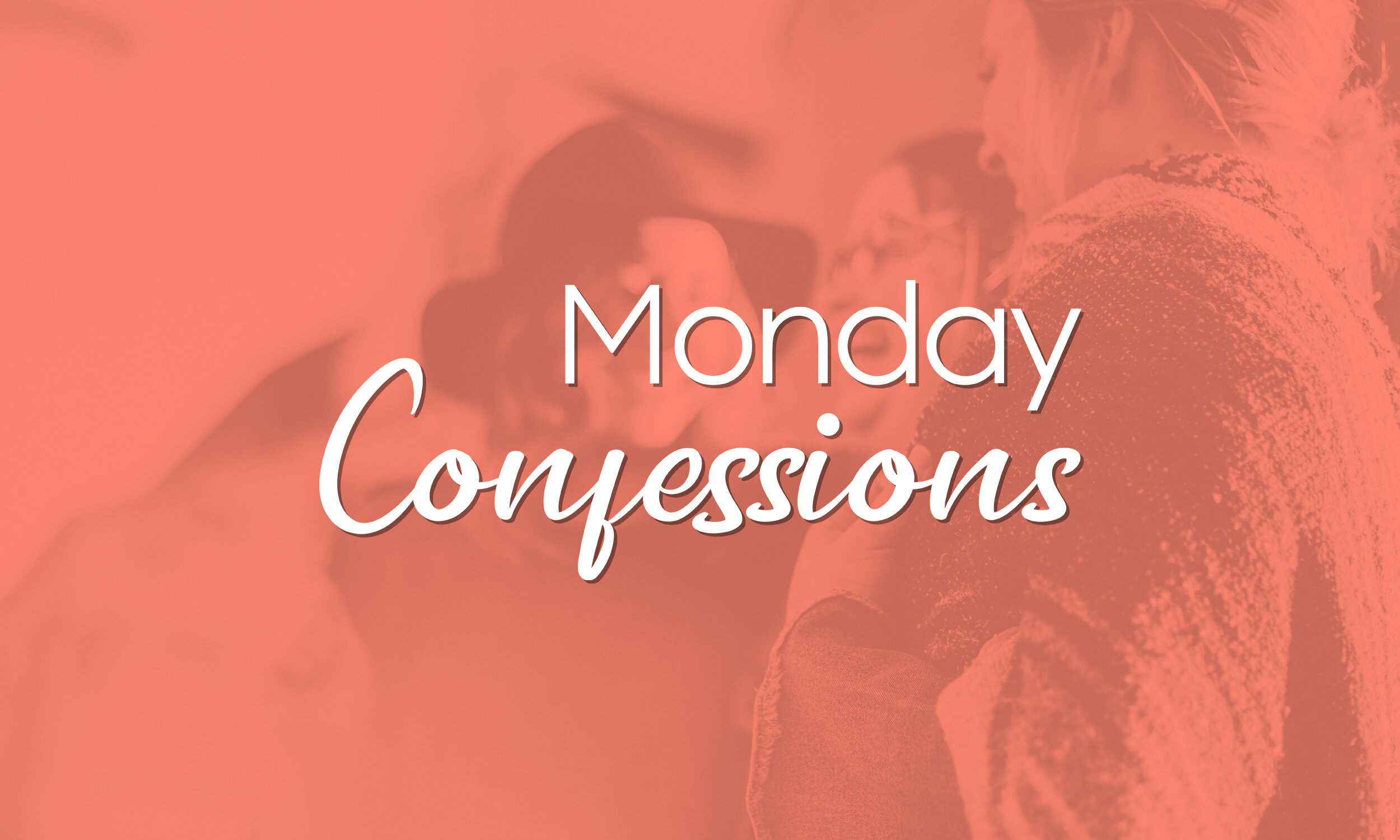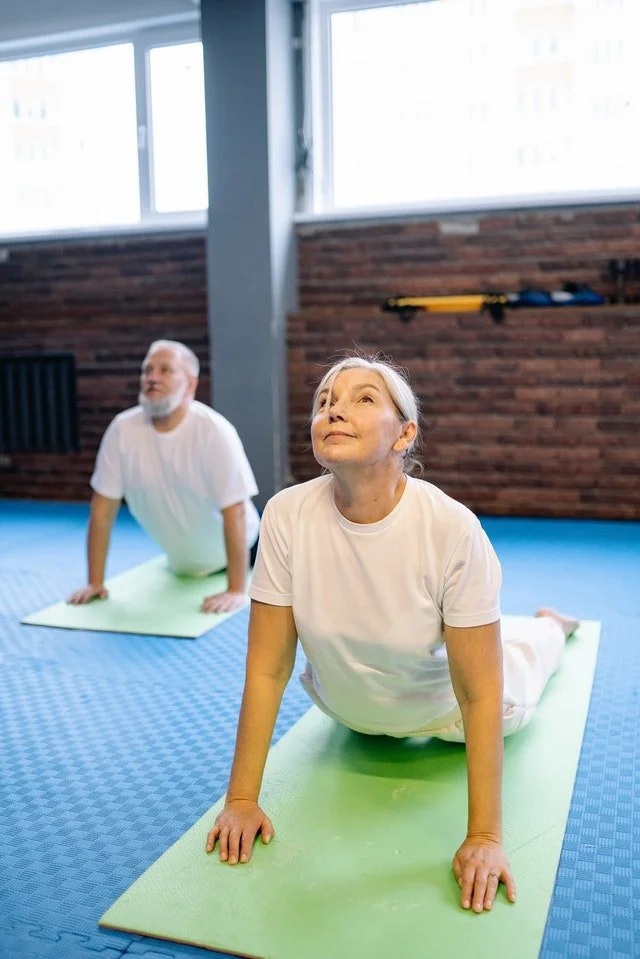Shades Of Gray In Midlife
When my daughter was 2 years old, I stopped dying my hair. My intentions to teach my kids - especially my daughter - about loving themselves as-is, felt more contradicting when I’d lock myself in the bathroom every 4-weeks for a date with a bottle of hair dye and a hope I’d look “youthful” afterwards.
At first, the process of growing out gray hair looked weird. I wore hats and desperately tried to hide what I was doing. It took months - almost a year - for my dyed pieces to look more like trendy-tips and less like someone who’d totally let herself go. But I loved gray-haired women. I’d stop them at the store and on the street and comment on their beautiful silver strands. Yet for some reason, I struggled during those initial months. I didn’t feel welcome or ready or even old enough to join their pack.
Maybe it was my upbringing. I grew up in the Midwest where women in my family dedicated a pretty hefty budget towards hair dye maintenance and makeup. My maternal grandmother didn’t even have more than a few grays around her temples when she passed in her early 70s, and my paternal grandmother didn’t stop dying her nearly white pixie cut until she was in her late 60s. And me? I was 33 and knew beneath my store-bought chestnut mane there was more gray than brown. So I did it. I stopped buying into the “beauty = youth” concept, and never felt so free.
Until my daughter started drawing pictures of me.
It’s strange how hair - such a trivial part of who we are - Has been our most shamed Age-reveal.
The first time she drew my pic and used the gray crayon, I was in denial. She was four or five.
“Well, maybe she just couldn’t find the right shade of brown,” I thought.
Then we flipped through some old photos of me and her dad and she commented how similar our hair color was.
“When you were younger,” she said.
I was taken aback, but I tried to be cool while my hurt feelings were teaming up with my ego.
I still picture myself as a 20-something brunette with hints of blondish highlights. But to any clerk, I’m “clearly over 21” just by glancing at my graying mane.
Does she think I’m old? Dated? Uncool?
Am I like a grandma to her?
And does she really associate hair color with age now too?
It’s strange how hair - such a trivial part of who we are as people - has been our most shamed age-reveal. I mean, when I’m not looking in a mirror, I still picture myself as the 20-something brunette with hints of blondish highlights. Yet, to any clerk that’s failed to card me, I’m “clearly over 21” based on my natural graying mane.
But does it really bother me if my daughter thinks I’m old? If so, why?
Shades of midlife vary in tones. What used to be a clear distinction of white or black - young or old - now feels so very, very gray. “I’m too young to be old, but old to be young,” I often find myself quoting Kathy Bates from her character Evelyn, in Fried Green Tomatoes. But it’s painfully true. Midlife isn’t either or. It’s different altogether.
Many women between the ages of 40 and 65 suffer from Invisible Woman Syndrome - a sudden feeling of being lost, overlooked, or merely forgotten due to age. And when you see how quickly actors, models, and musicians in this age group disappear, it shouldn’t come as such a surprise.
What are midlife women then if we’re no longer considered beautiful or worthy or enough?
Once our fertile years start to fade, middle aged women are often pushed to the far back of society. We’re viewed as has-been, washed-up, or expired goods. Why is that though? Did we do something so wrong or taboo by devoting a good chunk of ourselves to our families to then deserve such a midlife slap in the face?
For the record, to my husband and children, I’m still beautiful, worthy and enough. And I suppose with their love and support that should be all that matters. But since midlife hit and my menopause story began, society’s bias has butted up against my family’s beliefs and stung in some way nearly every time I’ve left the house.
To entertainment industries, women my age are considered too “old” to play the love-interest of a leading male silver-fox.
The music industry won’t even look at a female vocalist over the age of 28.
And models 40 and up are either pushing a product line to make midlife women look and feel younger, or are wearing some horribly unfashionable clothes.
Nowhere in the history of any of these mainstream fields are middle aged women sought after or allowed to start out, break through, or make their mark. Sure, certain celebrities have capitalized on the trend of investing in self-care and love and reinventing yourself at midlife. However, it’s not the most relatable storyline to women who’ve been on the back burner most of their lives and are just now trying to catch a break.
Which brings me back to my daughter.
When I look at her sweet, beautiful, and radiant face, I ask myself:
“If I could change something about the trajectory of her future in midlife, what would that be? What would I want for her?”
For one, I don’t want her to be afraid of age. I don’t want her to depend on a bottle of hair dye to keep her feeling fresh and on top of her game. And I don’t want her to look at midlife as the downward spiral to any unfulfilled dreams she might have had.
So when I find myself in that uncomfortable state of feeling old or worrying about her perception of me, I remind myself that during most of my childhood I thought my mother was old too. And she was barely 2 decades my senior.
My daughter’s view of age is skewed and justified based on her short time on earth so far, and it’s my job to guide and teach her the positives and meaningful ways of being a modern middle aged woman.
I let her hear me tell another gray-haired beauty how gorgeous she’s looking. I don’t let my daughter see me flinch when she comments how much thicker my middle looks compared to another woman’s. And I tell her my reasons for not dying my hair or applying makeup all the time:
I want her to see all my shades of gray and midlife up close and personal.
I need one less expense and thing on my growing to-do list anyway.
And I love gray hair and gray-haired women.
And maybe in her lifetime, my daughter will someday see Hollywood, music, and fashion industries unite and invest in the beautiful, worthy, and enough midlife women that are trying to make their mark - trying to find their passion and purpose. If not, well, I guess we’ll have something to talk about when she hits midlife…
How real, powerful, enlightening it can be. And how many, many shades of gray we now are able to see…
Share this:






